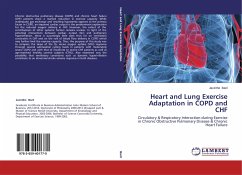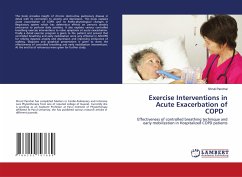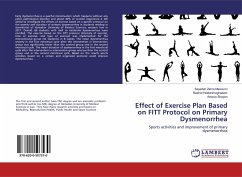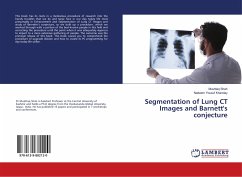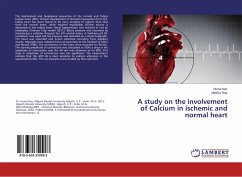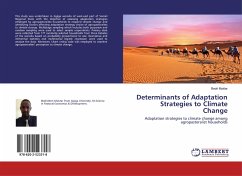Chronic obstructive pulmonary disease (COPD) and chronic heart failure (CHF) patients show a marked reduction in exercise capacity. While inadequate gas exchange and resulting hypoxemia appears as the primary factor in COPD, an impaired cardiac output is the predominant explanation for the reduced oxygen delivery in CHF. However, the extent of the contributions of other systemic factors remains unclear. In light of the potential interactions between cardiac output (Qc) and pulmonary hyperinflation, there is surprisingly little data thus far on ventilatory constraints in CHF and on the role of blood flow delivery in COPD which may further limit the exercise capacity. Thus, the purpose of this study was to compare the slope of the Qc versus oxygen uptake (VO2) response through several submaximal cycling loads in patients with moderately severe COPD and with that of moderate to severe CHF patients as well as age-matched healthy control subjects (CTRL). Also examined was the possibility that ventilatory constraints such as dynamic hyperinflation contribute to an abnormal stroke volume response in both diseases.
Bitte wählen Sie Ihr Anliegen aus.
Rechnungen
Retourenschein anfordern
Bestellstatus
Storno

